Advancing Automatic Knowledge Extraction with PubMiner AI
Ontotext
NOVEMBER 22, 2024
Introduction Research published in academic journals plays a crucial role in improving drug discovery by revealing new biological targets, mechanisms, and treatment strategies. To effectively tap into this wealth of information, various AI technologies can sift through large amounts of literature to uncover key insights.

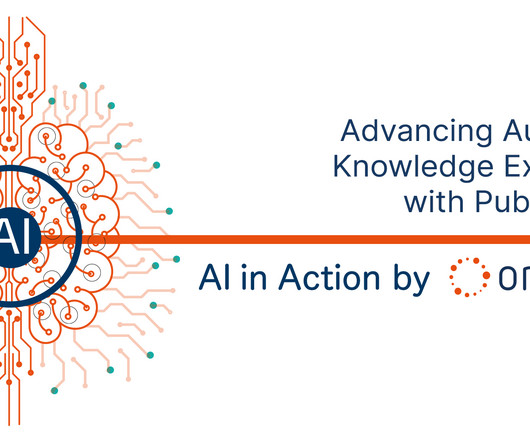





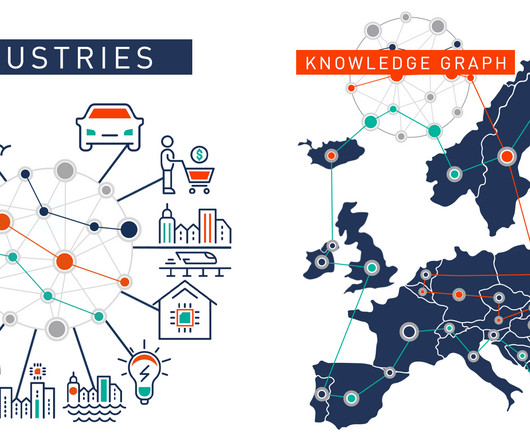


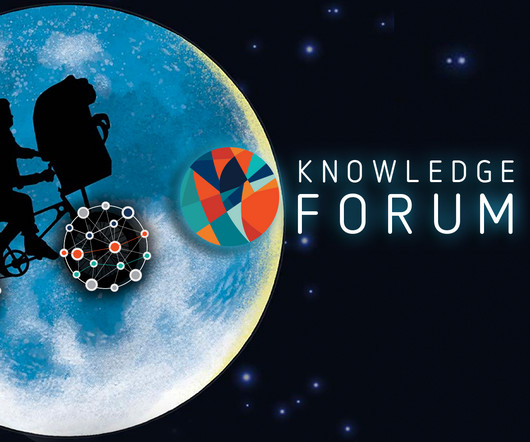
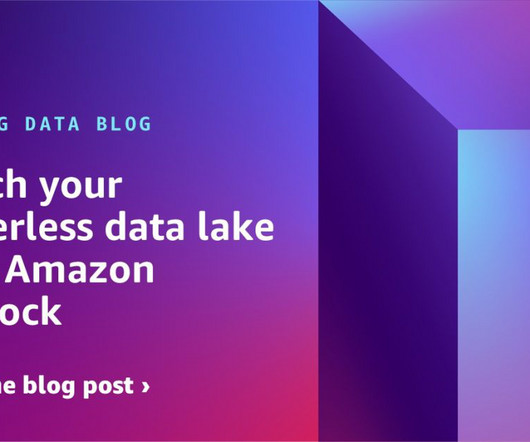




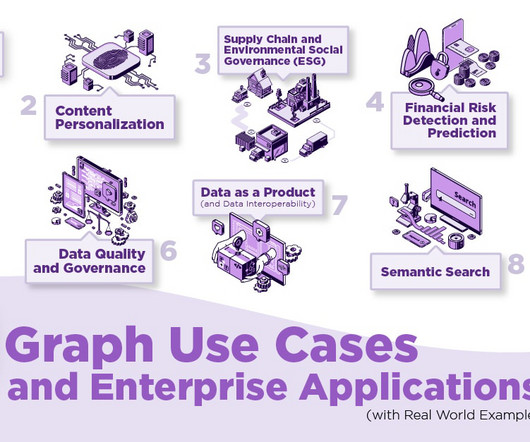

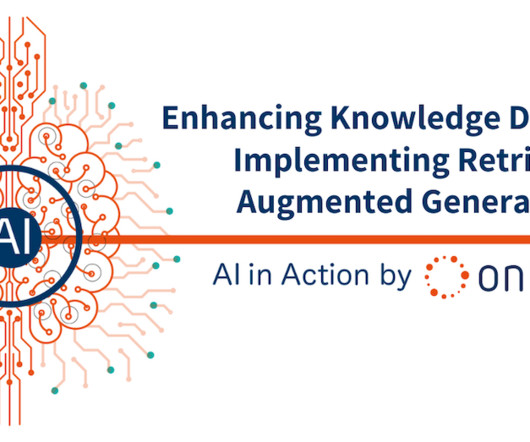









Let's personalize your content